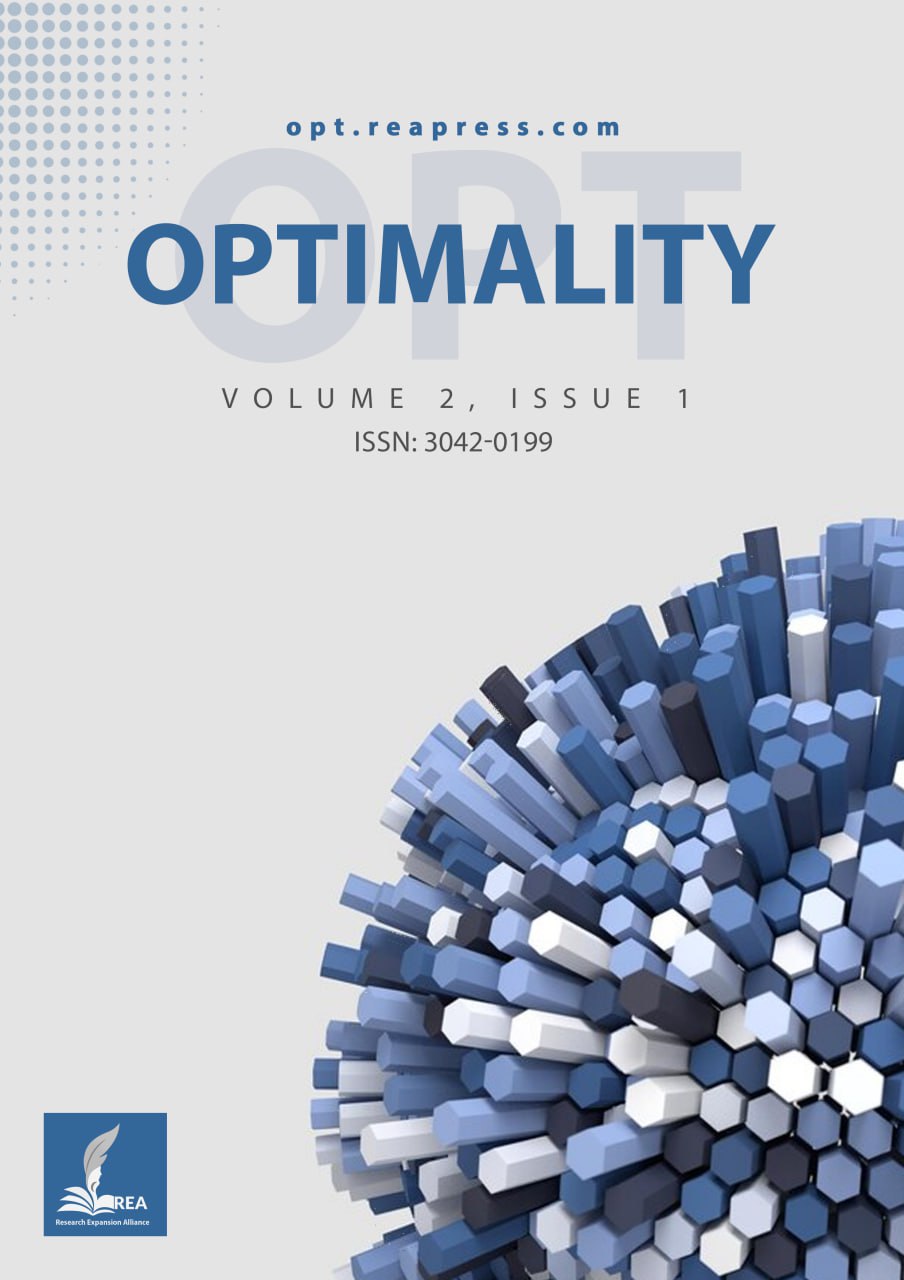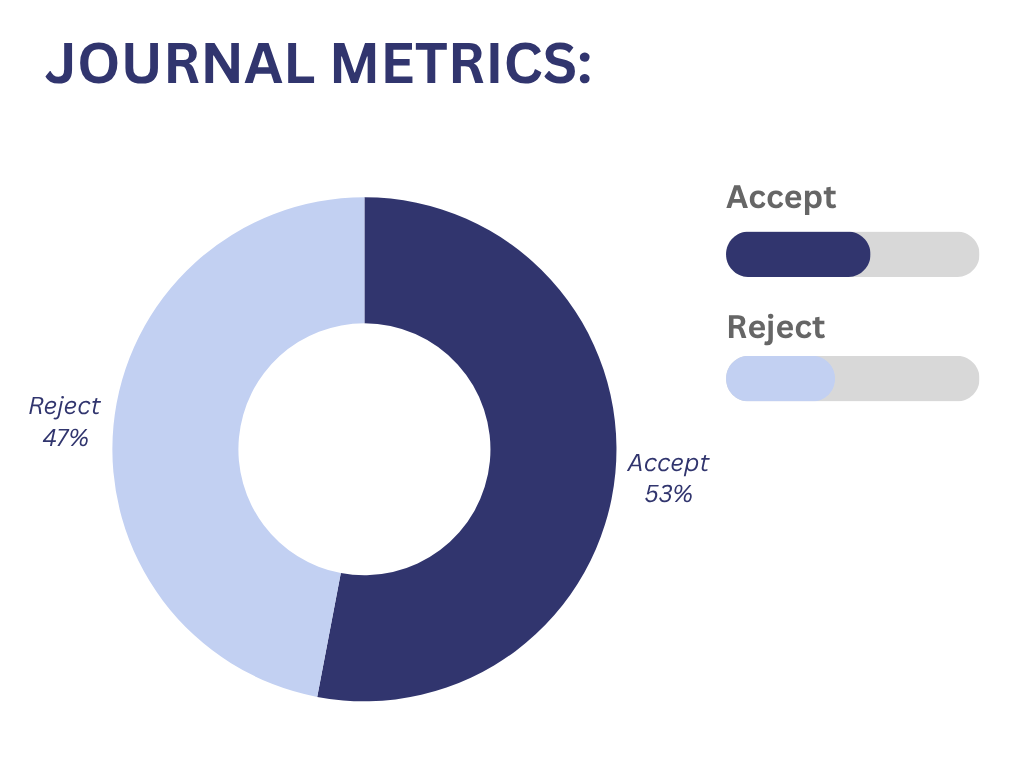Weak Domestic Production and Its Impact on Freight Transport Demand: A Fuzzy MCDM Analysis
Abstract
Freight transport systems rely heavily on the volume, frequency, and spatial distribution of goods generated by domestic production activities. In Libya, however, weak industrial output and underdeveloped manufacturing capacity have significantly limited freight demand, resulting in fragmented transport flows and underutilized logistics infrastructure. This study investigates the root causes of weak domestic production and their broader implications for freight transport development. Using the Fuzzy Simple Weight Calculation (F-SEWIC) method, seven critical factors were evaluated: lack of industrial infrastructure, political instability, weak investment climate, poor transportation and logistics, low labor productivity, dependence on imports, and unstable regulatory and legal frameworks. Expert assessments were collected from four specialists in economics and industrial development, using a fuzzy linguistic scale to reflect the uncertainty inherent in such judgments. The results show that weak investment climate, political instability, and institutional barriers are the most significant constraints on production—factors that indirectly suppress freight volumes, limit the formation of industrial supply chains, and hinder the development of efficient transport corridors. By identifying and prioritizing these constraints, this study highlights the foundational role of domestic production in shaping national freight transport strategies and offers actionable insights for aligning industrial policy with infrastructure planning in Libya.
Keywords:
Investment climate, Fuzzy simple weight calculation, Domestic productionReferences
- [1] Fulzele, V., & Shankar, R. (2022). Improving freight transportation performance through sustainability best practices. Transportation research part a: policy and practice, 165, 285–299. https://doi.org/10.1016/j.tra.2022.09.009
- [2] Bjørgen, A., & Ryghaug, M. (2022). Integration of urban freight transport in city planning: lesson learned. Transportation research part d: transport and environment, 107, 103310. https://doi.org/10.1016/j.trd.2022.103310
- [3] Badi, I., Bouraima, M. B., Stević, Ž., Oloketuyi, E. A., & Makinde, O. O. (2024). Optimizing vendor-managed inventory in multi-tier distribution systems. Spectrum of operational research, 1(1), 33–43. https://doi.org/10.31181/sor1120243
- [4] Badi, I., Demir, G., Bouraima, M. B., & Maraka, A. K. (2025). Vendor managed inventory in practice: efficient scheduling and delivery optimization. Spectrum of decision making and applications, 2(1), 157–165. https://doi.org/10.31181/sdmap21202515
- [5] Dhyne, E., Kikkawa, A. K., Mogstad, M., & Tintelnot, F. (2021). Trade and domestic production networks. The review of economic studies, 88(2), 643–668. https://doi.org/10.1093/restud/rdaa062
- [6] Amponsah, S. K., & Guilherme, L. (2021). Promoting domestic production of fish using Recirculating Aquaculture System (RAS). In Technology in agriculture. IntechOpen. https://www.intechopen.com/chapters/78285
- [7] Badi, I., Bouraima, M. B., Yanjun, Q., & Qingping, W. (2025). Advancing sustainable logistics and transport systems in free trade zones: A multi-criteria decision-making approach for strategic sustainable development. International journal of sustainable development goals, 1, 45–55. https://doi.org/10.59543/ijsdg.v1i.14213
- [8] Baydaş, M., Özçil, A., & Stević, Ž. (2025). An advanced procedure for the comparability standard of neutrosophic, grey, and crisp numbers: selection of electric sports utility vehicles. Studies in fuzziness and soft computing (Vol. 435, pp. 75–100). Springer. https://doi.org/10.1007/978-3-031-78505-4_4
- [9] Duan, Y., Stević, Ž., Novarlić, B., Hashemkhani Zolfani, S., Görçün, Ö. F., & Subotić, M. (2025). Application of the Fuzzy MCDM Model for the Selection of a Multifunctional Machine for Sustainable Waste Management. Sustainability, 17(6), 2723. https://doi.org/10.3390/su17062723
- [10] Puška, A., Nedeljković, M., Pamučar, D., Božanić, D., & Simić, V. (2024). Application of the new simple weight calculation (SIWEC) method in the case study in the sales channels of agricultural products. MethodsX, 13, 102930. https://doi.org/10.1016/j.mex.2024.102930
- [11] Badi, I., & Pamucar, D. (2020). Supplier selection for steelmaking company by using combined Grey-MARCOS methods. Decision making: applications in management and engineering, 3(2), 37–48. https://www.researchgate.net
- [12] Bouraima, M. B., Ayyildiz, E., Badi, I., Murat, M., Es, H. A., & Pamucar, D. (2024). A decision support system for assessing the barriers and policies for wind energy deployment. Renewable and sustainable energy reviews, 200, 114571. https://doi.org/10.1016/j.rser.2024.114571
- [13] Demir, G., Bouraima, M. B., Badi, I., Stević, Ž., & Das, D. K. (2025). Identification of industrial occupational safety risks and selection of optimum intervention strategies: fuzzy MCDM approach. Mathematics (2227-7390), 13(2). https://doi.org/10.3390/math13020301



